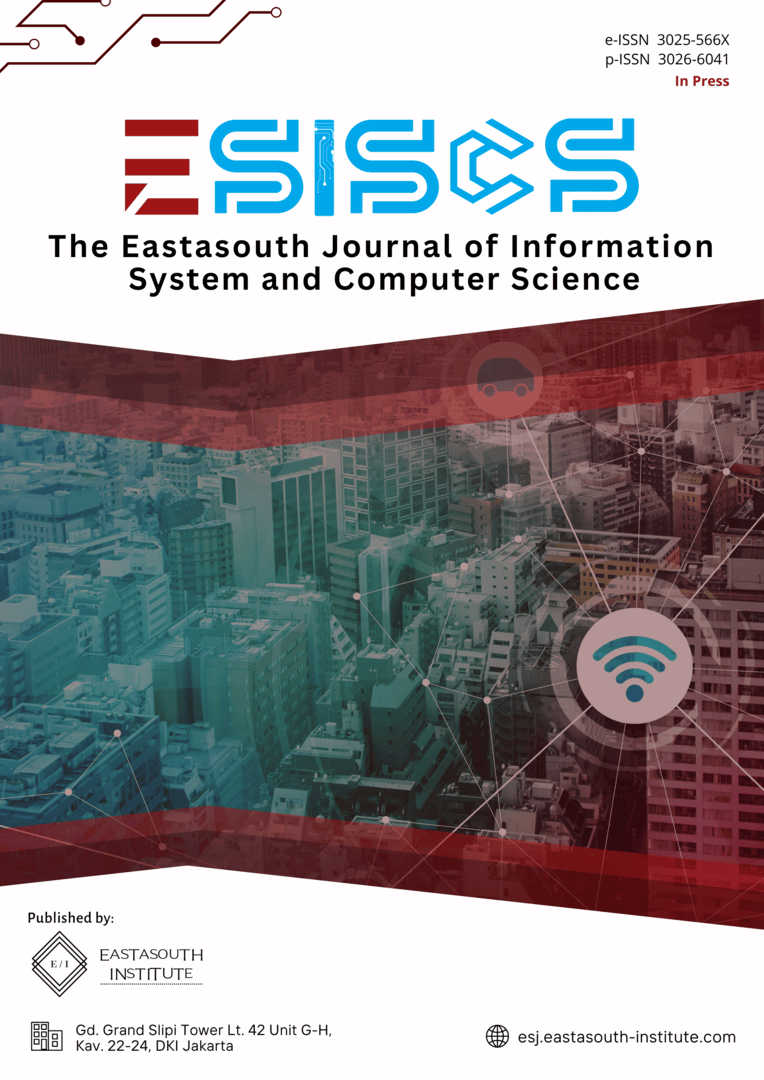Implementation Strategy of the SOLISPARES Model for Developing Excellent Character and High Competence in Indonesian Air Force Personnel
Main Article Content
Abstract
This study aims to examine the implementation strategy of the SOLISPARES Model in developing human resources of the Indonesian Air Force (IAF) to foster excellent character and high competence among personnel. The SOLISPARES Model integrates five core dimensions: Personal Excellence, Interpersonal Capital, Organizational Excellence, Communal Collaboration, and Everlasting Glory. Each dimension is embedded with essential values—such as honesty, trustworthiness, discipline, loyalty, justice, and continuous learning—that collectively build a holistic framework for character and competence development. Employing a qualitative research method with a case study approach, this research was conducted within IAF educational and training institutions. Data were gathered through in-depth interviews with key stakeholders, participatory observation, and analysis of official strategic documents. Findings reveal that successful implementation of the SOLISPARES Model is determined by visionary leadership, strong organizational policy support, structured mentoring, and a continuous evaluation system. The application of the model significantly improved personnel’s integrity, discipline, teamwork, and technical expertise. The study recommends institutionalizing the SOLISPARES Model into the IAF’s human resource development curriculum as a long-term strategy to enhance institutional competitiveness, operational readiness, and resilience in the face of modern defense challenges.
Article Details

This work is licensed under a Creative Commons Attribution-ShareAlike 4.0 International License.
References
R. A. Noe, J. R. Hollenbeck, B. A. Gerhart, and P. M. Wright, Human resource management: Gaining a competitive advantage. McGraw Hill, 2023.
Y. Sudarya, “SOLISPARES model as a strategic HRD approach in the Indonesian Air Force,” J. Strateg. Pertahanan Udar., vol. 4, no. 1, pp. 25–42, 2022, [Online]. Available: https://doi.org/10.xxxx/jspu.v4i1.2022
A. Bintang and Sholahuddin, “The role of human resource development in strengthening national defense,” J. Pertahanan Negara, vol. 8, no. 1, pp. 55–70, 2022.
A. King, Command: The twenty-first-century general. Cambridge University Press, 2019.
M. Rizal and A. Hidayat, “Strengthening military character through value-based leadership,” J. Ilmu Pertahanan, vol. 6, no. 2, pp. 145–162, 2020, [Online]. Available: https://doi.org/10.xxxx/jip.v6i2.2020
C. K. Tan, “Values inculcation in the Singapore Armed Forces,” Asian J. Polit. Sci., vol. 25, no. 2, pp. 180–198, 2017, [Online]. Available: https://doi.org/10.1080/02185377.2017.1339245
Department of the Army, Army leader development strategy. U.S: Department of the Army, 2019. [Online]. Available: https://armypubs.army.mil
M. E. Miller and L. G. Shattuck, “Developing adaptive military leaders: A framework for the future,” Mil. Rev., vol. 100, no. 2, pp. 50–59, 2020.
J. Griffith and M. Vaitkus, “Unit cohesion and military performance,” Mil. Psychol., vol. 31, no. 4, pp. 289–302, 2019, [Online]. Available: https://doi.org/10.1037/mil0000212
D. A. Kolb, Experiential learning: Experience as the source of learning and development. FT press, 2014.
Institute for Defense and Business, The experiential learning model in the military. Chapel Hill, NC: IDB Press., 2020.
R. Warner, “Evolution of leadership training methodologies in the military,” Armed Forces Soc., vol. 45, no. 3, pp. 401–423, 2019.
J. P. Kotter, “Leading Change Harvard Business Review Press,” 2012.
P. M. Senge, The fifth discipline: The art and practice of the learning organization. Broadway Business, 2006.

